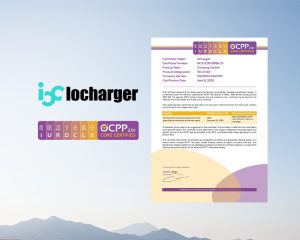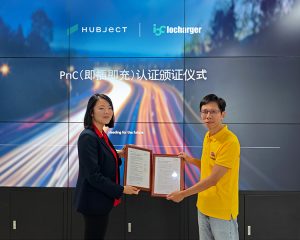DC Charging Station Solutions - Powering the Future of Electric Mobility
Il 1º mondost Full OCPP2.0.1 and Hubject ISO15118 PnC Certified EV Charging Solution
DC Charging Station
DC fast chargers (DCFC chargers), also known as Level 3 EV chargers, are currently the fastest charging option available for electric vehicles.
Unlike Level 1 and Level 2 chargers, which supply alternating current (AC) power that the EV must convert to direct current (DC) for storage, DC chargers use commercial-grade AC power from the grid and convert it to direct current (DC) within the charger before delivering it to the car’s battery. This allows for much higher power transfer rates and faster charging speed.
Whereas Level 1 and 2 chargers can take many hours to fully charge an EV, Level 3 chargers can replenish up to 80% of the car’s battery in as little as 20-30 minutes. DC fast charging stations are the ideal choice for locations where EVs must gain the maximum range in the shortest possible time.
Iocharger DC fast charging stations support dynamic load management, delivering true simultaneous EV charging. Our DC fast chargers are fully compliant with OCPP 1.6J and OCPP 2.0.1 standards, and support ISO15118 and Plug and Charge (PnC) functionalities, providing multiple connectivity levels and various user interaction options.
Key Benefits
Iocharger Has the Right DC EV Charging Solutions to Meet Your Charging Needs
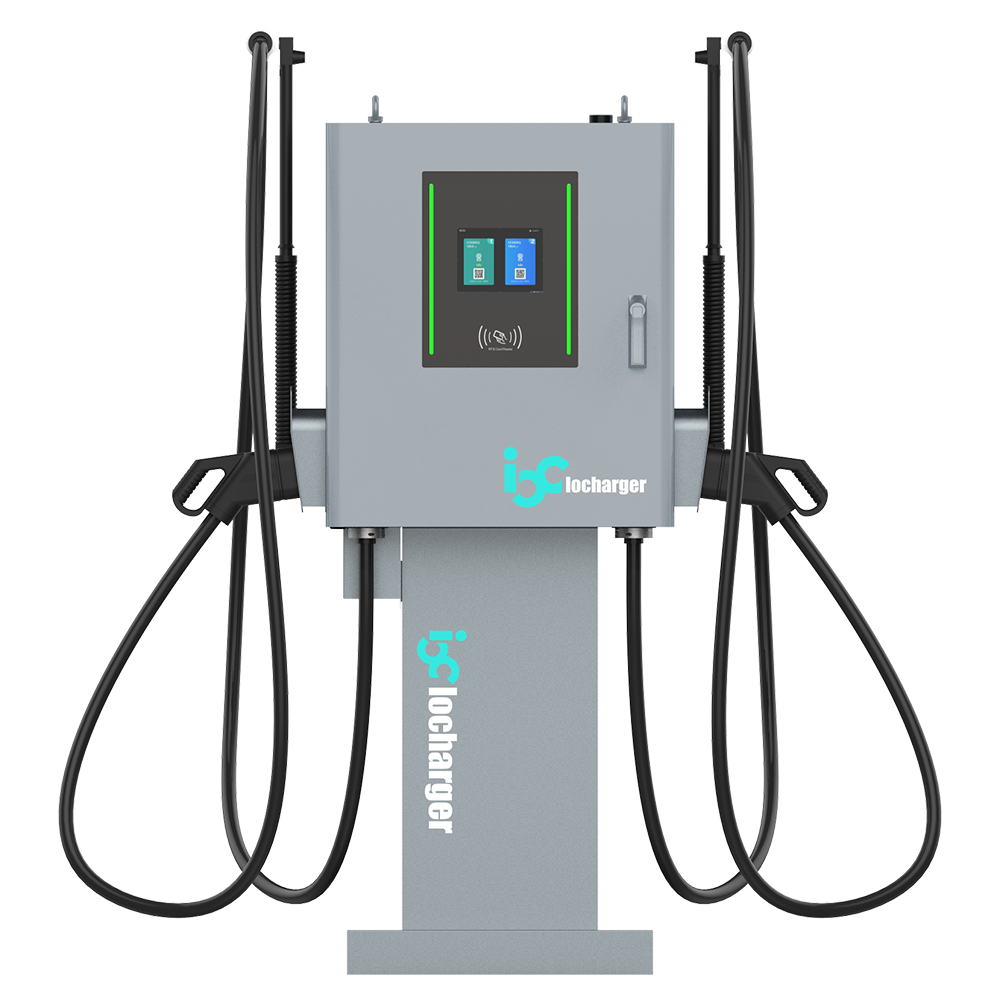
IOCHY2
Wall-mounted or Floor-mounted for Easy Application.
Valutazione d'ingresso: trifase 400V±15% CA
Potenza massima di uscita CC: 30kW/60kW
Gamma di tensione CC in uscita: 150V-1000V DC
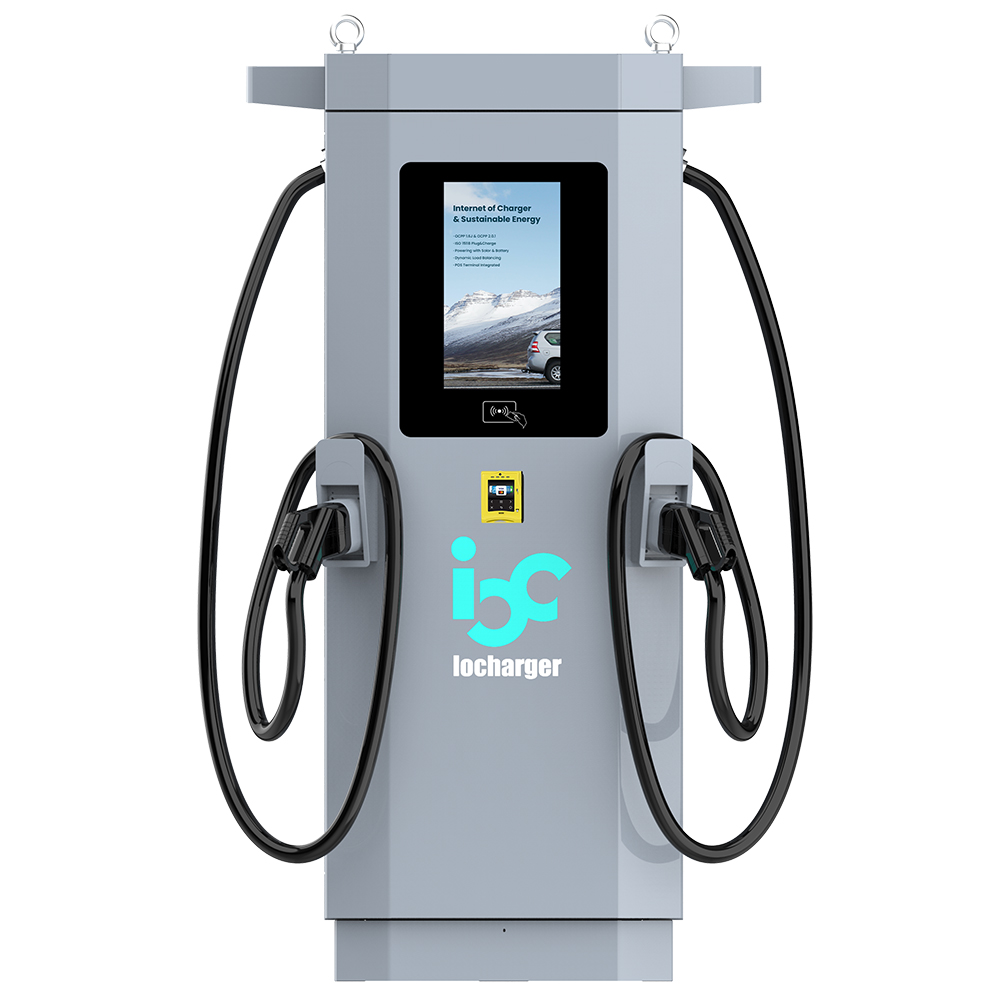
IOCJY2
CE Certified
Valutazione d'ingresso: trifase 400V±15% CA
Max DC output power: 60kW-180kW
Gamma di tensione di uscita CC: 150-1000V DC
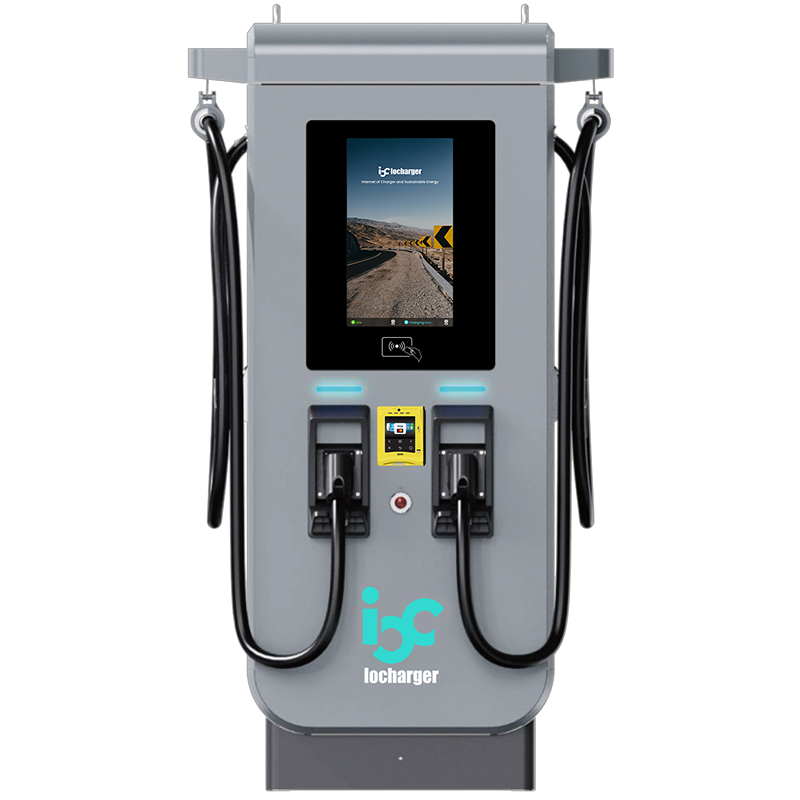
IOCNY2
Integrates with Advertising System for Commercial Use.
Valutazione d'ingresso: trifase 400V±15% CA
Potenza massima di uscita CC: 60kW-240kW
Gamma di tensione di uscita CC: 150-1000V DC
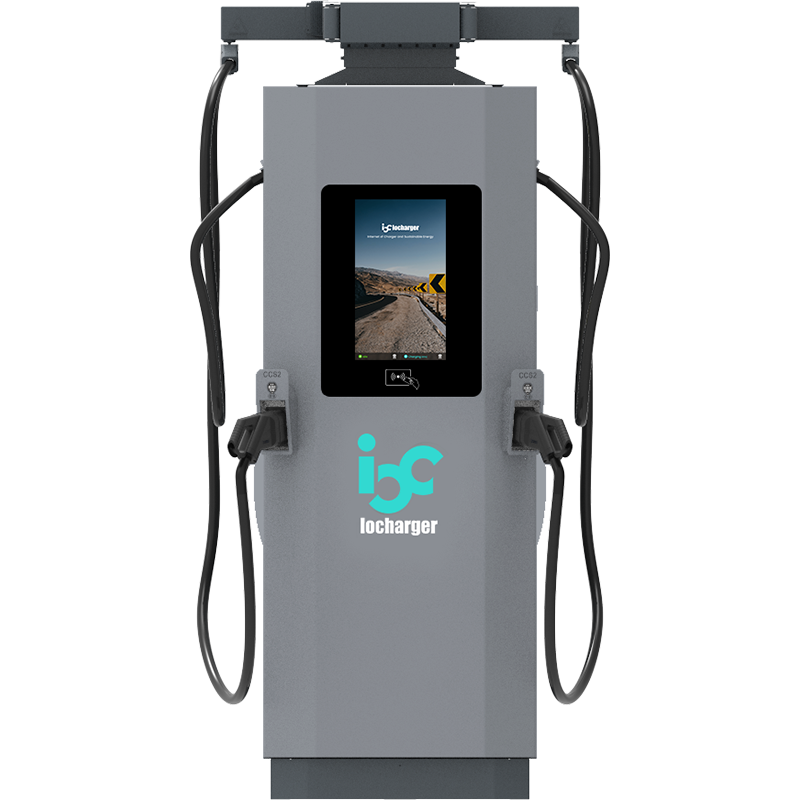
IOCLY2
Ultra Fast Charging Station to Increase Charging Speeds Dramatically
Valutazione d'ingresso: trifase 400V±15% CA
Max DC output power: 240kW-420kW
Gamma di tensione di uscita CC: 150-1000V DC
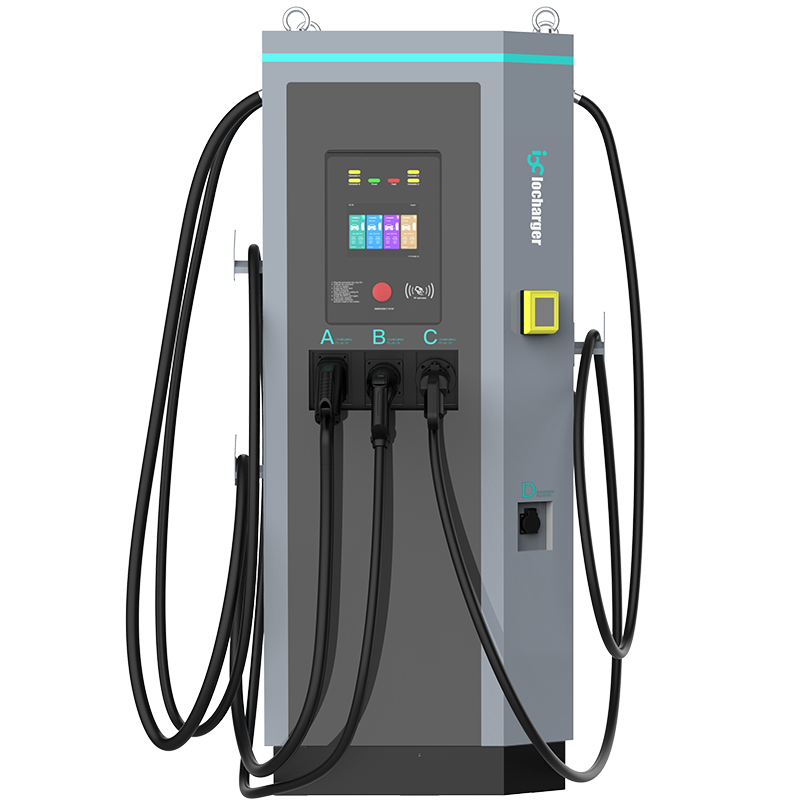
IOCHY3
AC DC Combo Charger that Charges up to 4 Vehicles Simultaneously
Valutazione d'ingresso: trifase 400V±15% CA
Max output power: DC 60kW+AC 22kW/
DC 120kW+AC 22kW
Gamma di tensione di uscita CC: 150-1000V DC
Iocharger - Professional Commercial EV Charging Solution Provider

Implementazione dei profili completi OCPP 1.6J, compresa la ricarica intelligente, aggiornabile OCPP2.0
Le protezioni elettriche includono sovracorrente, cortocircuito, sovratensione, sottotensione, guasto a terra, sovratensione da fulmine, sovratemperatura.
Supporto di diverse installazioni come IT, TN-S, TN-C e TN-C-S
Server OCPP, connessione a Internet, uscita di corrente massima e altre configurazioni del sistema sulla pagina web tramite PC, PAD e telefono cellulare.
Distribuzione dinamica della potenza di uscita in un sistema con altri dispositivi, a seconda della potenza disponibile.
Il bilanciamento dinamico delle fasi consente al nostro sistema di gestire contemporaneamente la carica monofase e trifase, ottimizzando così l'uso di tutta la potenza disponibile ed evitando lo squilibrio della rete.
FAQs about DC Charging Station
No. Homes usually only have single-phase power, but DC fast chargers need three-phase power, which is only available at commercial or public charging stations.
DC fast chargers require 400-600V three-phase AC power. If you’re unsure about compatibility, contact us for help.
No. Most newer EVs support DC fast charging, but older models or small-battery EVs may not. Check your car’s specs to confirm compatibility.
- CCS-1: Used in North America
- CCS-2: Used in Europe
- CHAdeMO: Used in Japan
- GB/T: Used in China
No. EV batteries have a power limit—once reached, extra charger power won’t speed up charging.
However, high-power chargers are useful because:
– They can charge two EVs at once (dual connectors).
– They’re future-proof—no need to upgrade later when EV batteries improve.
Charging speed depends on:
- Charger Type – Higher kW = faster charging (if the car supports it).
- Vehicle Battery – Charging slows down after 80-90% battery. Older/smaller batteries may charge more slowly.
- Conditions – Cold weather = slower charging. Optimal temperature (20-30°C) = fastest charging.

